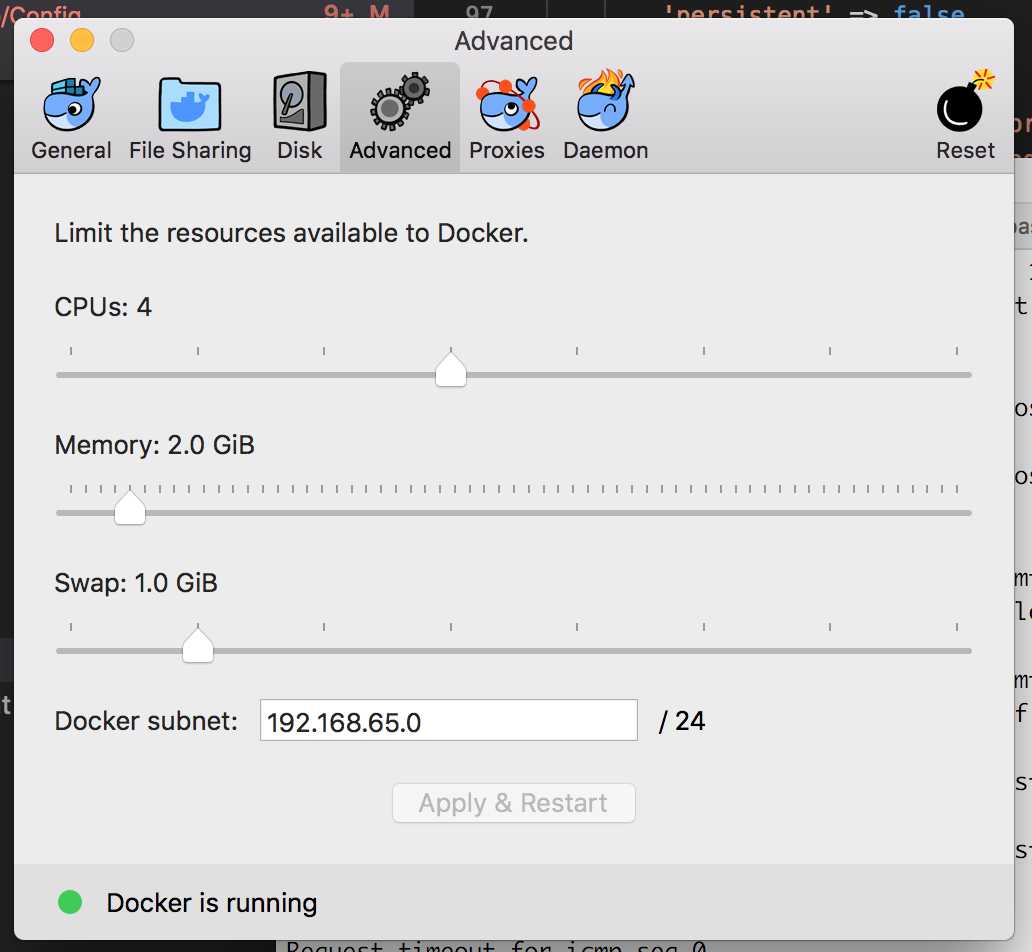

- MYSQL SERVER DOCKER CANNNOT CONNECT INTERNAL DOCKER IP HOW TO
- MYSQL SERVER DOCKER CANNNOT CONNECT INTERNAL DOCKER IP DOWNLOAD
It also creates a Network interface on your system. Client access using TCP/IPĪfter you execute the commands in the previous steps, Docker assigns a private IP address to the Docker Containers. The shell command that executes inside the Docker Container is “mysql −uroot”. The −it flag instructs the Docker to open the Container in an interactive shell. The exec instruction tells the Docker daemon to execute the command specified inside the Docker Container. sudo docker exec −it mysql−test mysql −uroot To create a local MySQL connection, you can use the following command. The MySQL Client programs use the local socket connections i.e. The “−e MYSQL_ALLOW_EMPTY_PASSWORD=yes” instructs the Container to create an empty root password.

The −−name flag provides the name to the Container. In the above command, the −−rm flag instructs the Docker daemon to delete the Container file system after it’s stopped. sudo docker run −−rm −−name=mysql−test −e MYSQL_ALLOW_EMPTY_PASSWORD=yes −d mysql/mysql−server The below command creates an instance for the MySQL Image with the latest version and along with it, the −−rm flag helps in eliminating the Container along with the file system once the Container is stopped.
MYSQL SERVER DOCKER CANNNOT CONNECT INTERNAL DOCKER IP HOW TO
In this article, we will see how to create MySQL Docker Containers for testing your application. Note that if you start a Docker Container with the −−rm flag, after you stop the Container, the entire file system along with the Container Instance gets deleted and hence combining this flag with the run command would give you automatic cleanup feature for testing your applications.

MYSQL SERVER DOCKER CANNNOT CONNECT INTERNAL DOCKER IP DOWNLOAD
It provides lightweight MySQL Image instances with cleanup features once your testing is completed.ĭocker allows you to download the Image containing the MySQL binaries and dependencies and creates a virtual filesystem. Oracle provides Docker Images for running MySQL inside Containers and thus it becomes an excellent choice for testing your database applications. Most applications require a backend database to store data points. One of the most important features of Docker Containerization is that it creates a bounded environment for running the Application with all the necessary dependencies and packages installed.


 0 kommentar(er)
0 kommentar(er)
